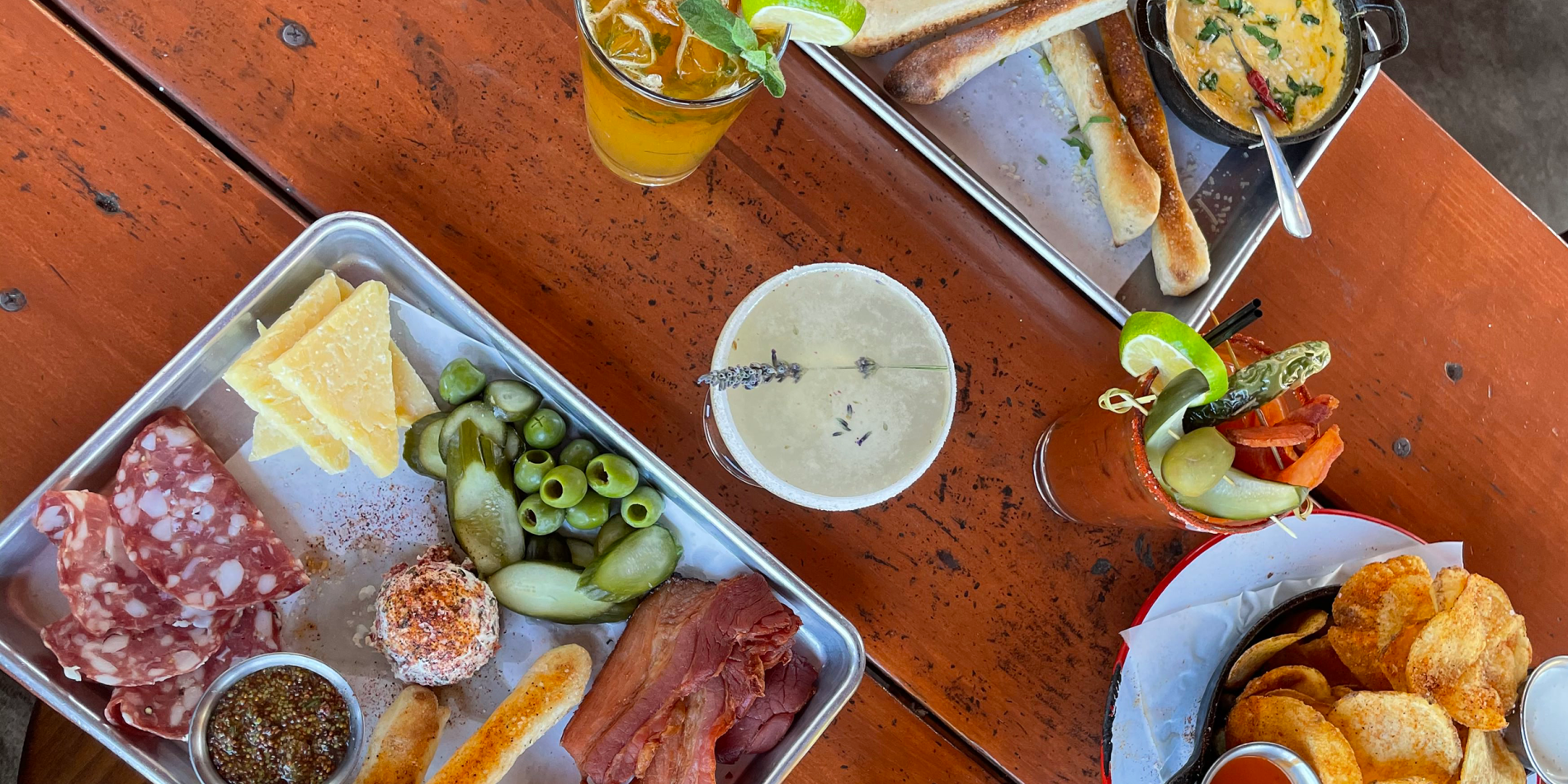In recent years, there has been a growing demand for sustainable and ethical food options. With the rise of plant-based diets and concerns over the environmental impact of traditional meat production, alternative protein sources have gained popularity. One such option is mynced meat, a type of meat made from animal cells grown in a lab setting. This innovative technology has the potential to revolutionize the way we produce and consume meat. In this blog post, we will explore what mynced meat is, how it is made, its benefits and drawbacks, and its role as a sustainable protein source.
What is Mynced Meat and How is it Made?
Mynced meat, also known as cultured or lab-grown meat, is produced by taking a small sample of animal cells and replicating them in a controlled environment. These cells are then fed nutrients and growth factors, allowing them to multiply and form muscle tissue. The end result is a product that closely resembles conventional meat in terms of texture and taste.
The Process of Cultivating Mynced Meat
The process of producing mynced meat involves several steps, including cell isolation, cell proliferation, and differentiation. First, a biopsy is taken from an animal, typically from a non-invasive procedure such as a skin punch or feather pluck. The cells are then placed in a nutrient-rich medium and allowed to grow and multiply. Next, these cells are transferred to a bioreactor, where they are given the necessary conditions for muscle tissue formation, such as oxygen, temperature, and movement. Finally, the tissue is harvested and processed into various forms, such as ground meat or whole cuts.
The Benefits and Drawbacks of Mynced Meat Consumption
Benefits of Mynced Meat
- Sustainability: One of the main advantages of mynced meat is its potential to reduce the environmental impact of traditional meat production. According to a study by the University of Oxford, lab-grown meat has the potential to produce 96% lower greenhouse gas emissions, use 99% less land, and consume 82-96% less water than conventional meat production.
- Ethical Considerations: Mynced meat also addresses ethical concerns surrounding animal welfare. As the cells used to produce mynced meat are taken from a small biopsy, there is no need for the slaughter of animals. This makes it a more humane option for those who choose to consume meat.
- Food Safety: With traditional meat production, there is always a risk of contamination and foodborne illnesses. However, mynced meat is produced in a sterile environment, reducing the chances of bacterial contamination. This also eliminates the need for antibiotics and hormones, making it a healthier option for consumers.
Drawbacks of Mynced Meat
- Cost: Currently, the production of mynced meat is still in its early stages and is quite expensive. The high cost of research, development, and production means that it is not yet accessible to the general public. However, as technology advances and production methods become more efficient, the cost is expected to decrease.
- Consumer Acceptance: While some people may be open to trying mynced meat, others may have reservations about consuming a product grown in a lab setting. There is still a stigma surrounding “fake” or “processed” foods, which may hinder the widespread adoption of mynced meat.
- Nutritional Value: Mynced meat is still in its early stages, and there is limited research on its nutritional value. Some studies have shown that it may lack certain nutrients found in traditional meat, such as iron and vitamin B12. However, with further research and development, these issues can be addressed.
What Goes Into Mynced Meat?
Mynced meat is made from animal cells, but what other ingredients are used in its production? The exact composition may vary depending on the specific product and brand, but here are some common components:
- Animal Cells: As mentioned earlier, mynced meat is produced by replicating animal cells. These cells can come from a variety of sources, including cows, chickens, and pigs.
- Nutrient Medium: The cells need to be fed a nutrient-rich medium to grow and multiply. This medium typically contains sugars, amino acids, vitamins, and minerals.
- Growth Factors: Growth factors are essential for cell differentiation, which is the process of turning stem cells into muscle tissue. These factors can include hormones, proteins, and other signaling molecules.
- Scaffold: In some cases, a scaffold may be used to provide structure and support for the growing cells. This can be made from natural or synthetic materials and helps to create a more realistic texture for the final product.
How to Make Mynced Meat at Home
While mynced meat is not yet commercially available, there have been some attempts to make it at home using DIY kits. These kits typically contain all the necessary equipment and instructions for culturing cells and producing small amounts of mynced meat. However, this process is still quite complex and requires a lot of time and effort. It is not a feasible option for most people, and it is recommended to wait for commercially available mynced meat products.
Mynced Meat as a Source of Protein and Nutrients
Protein is an essential macronutrient that plays many important roles in the body, such as building and repairing tissues, producing enzymes and hormones, and maintaining a healthy immune system. While traditional meat is a well-known source of protein, mynced meat also offers a comparable amount of protein per serving. Additionally, mynced meat contains all nine essential amino acids, making it a complete protein source.
Apart from protein, mynced meat also contains other important nutrients such as iron, zinc, and vitamin B12. However, as mentioned earlier, the nutritional value of mynced meat may vary depending on the specific product and production methods used.
How to Cook Mynced Meat Safely
As with any type of meat, proper handling and cooking are essential for food safety. Here are some tips for safely preparing and cooking mynced meat:
- Thawing: If using frozen mynced meat, make sure to thaw it in the refrigerator or microwave before cooking. Do not leave it at room temperature for an extended period, as this can increase the risk of bacterial growth.
- Cooking Temperature: The recommended internal temperature for cooked mynced meat is 165°F (74°C). This ensures that any harmful bacteria present in the meat are killed.
- Storage: Any leftover mynced meat should be stored in the refrigerator or freezer within two hours of cooking. It can be kept in the refrigerator for up to four days or frozen for several months.
- Cross-Contamination: To prevent cross-contamination, make sure to use separate cutting boards, utensils, and plates for raw and cooked mynced meat. Wash your hands thoroughly after handling raw meat to avoid spreading bacteria.
Mynced Meat Recipes for Different Cuisines
Mynced meat can be used in a variety of dishes, just like traditional meat. Here are some recipe ideas for different cuisines:
Italian: Mynced Meat Bolognese
Ingredients:
- 1 lb mynced meat
- 1 onion, diced
- 2 cloves garlic, minced
- 1 can diced tomatoes
- 1 cup tomato sauce
- 1 tsp dried oregano
- 1 tsp dried basil
- Salt and pepper to taste
- 1 lb cooked pasta of your choice
Instructions:
- In a large pan, sauté the onion and garlic until softened.
- Add in the mynced meat and cook until browned.
- Stir in the diced tomatoes, tomato sauce, oregano, basil, salt, and pepper.
- Simmer for 15-20 minutes, stirring occasionally.
- Serve over cooked pasta.
Mexican: Mynced Meat Tacos
Ingredients:
- 1 lb mynced meat
- 1 onion, diced
- 2 cloves garlic, minced
- 1 tsp chili powder
- 1 tsp cumin
- Salt and pepper to taste
- Taco shells or tortillas
- Toppings of your choice (shredded cheese, lettuce, salsa, etc.)
Instructions:
- In a large pan, sauté the onion and garlic until softened.
- Add in the mynced meat and cook until browned.
- Stir in the chili powder, cumin, salt, and pepper.
- Warm up taco shells or tortillas according to package instructions.
- Assemble tacos with mynced meat and desired toppings.
Asian: Mynced Meat Stir-Fry
Ingredients:
- 1 lb mynced meat
- 1 bell pepper, sliced
- 1 cup broccoli florets
- 1 carrot, sliced
- 2 cloves garlic, minced
- 1 tbsp soy sauce
- 1 tbsp sesame oil
- Salt and pepper to taste
- Cooked rice or noodles of your choice
Instructions:
- In a large pan, sauté the bell pepper, broccoli, carrot, and garlic until slightly softened.
- Push the vegetables to one side of the pan and add in the mynced meat. Cook until browned.
- Mix in the vegetables with the mynced meat.
- Stir in the soy sauce and sesame oil.
- Serve over cooked rice or noodles.
Mynced Meat as a Meat Alternative
Mynced meat has the potential to be a sustainable and ethical alternative to traditional meat. It can also offer a solution for those who want to reduce their meat consumption but still enjoy the taste and texture of meat. As technology advances and production costs decrease, mynced meat may become more accessible and widely accepted as a meat alternative.
Comparison to Plant-Based Alternatives
While plant-based alternatives such as tofu and tempeh have been around for a long time, they may not appeal to everyone due to their different taste and texture. Mynced meat, on the other hand, closely resembles conventional meat in terms of flavor and mouthfeel. This may make it a more appealing option for those who are looking for a meat alternative that is closer to the real thing.
Sustainability and Mynced Meat Production
As mentioned earlier, one of the main benefits of mynced meat is its potential to reduce the environmental impact of traditional meat production. The current methods of producing meat, such as factory farming, have been linked to deforestation, water pollution, and greenhouse gas emissions. By growing meat in a lab setting, these issues can be significantly reduced.
Additionally, mynced meat production requires fewer resources such as land, water, and feed. This means that more food can be produced using less space, making it a more efficient and sustainable option for feeding a growing population.
Future Innovations in Mynced Meat Production
The field of mynced meat production is still relatively new, and there is much room for innovation and improvement. Some areas that are currently being explored include:
- Cell Sourcing: While most mynced meat is currently produced using animal cells, there is research being done on using plant-based cells as a source of protein. This could potentially make mynced meat suitable for vegetarians and vegans.
- 3D Printing: Some companies are experimenting with 3D printing technology to create more complex structures, such as whole cuts of meat. This could lead to a wider variety of mynced meat products in the future.
- Cost Reduction: As mentioned earlier, the high cost of production is one of the main barriers to the widespread adoption of mynced meat. Researchers are working on finding ways to reduce costs and make it more affordable for consumers.
Conclusion
Mynced meat has the potential to revolutionize the way we produce and consume meat. It offers a sustainable and ethical alternative to traditional meat, while also addressing concerns over food safety and animal welfare. While there are still some challenges to overcome, the future looks promising for this innovative technology. With further research and development, mynced meat may become a staple in our diets and contribute to a more sustainable and ethical food system.


